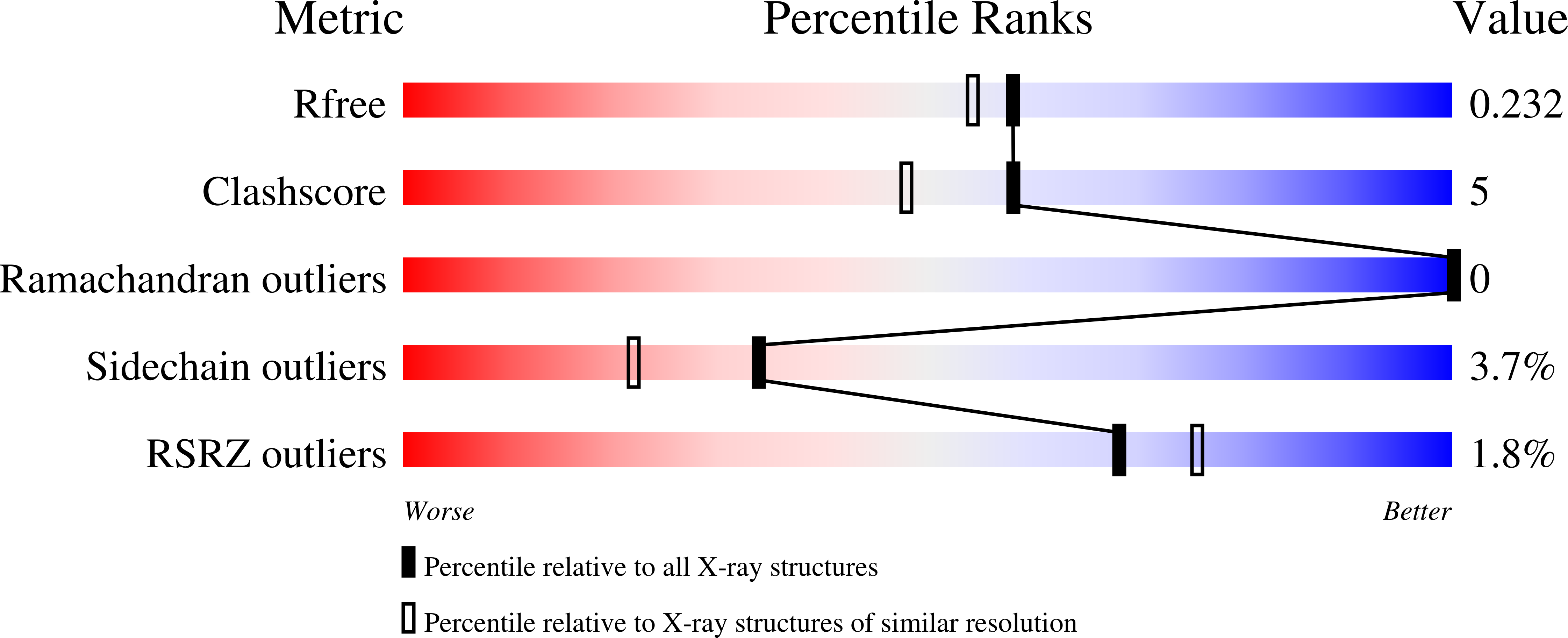
Deposition Date
2010-02-11
Release Date
2010-06-30
Last Version Date
2024-11-20
Entry Detail
PDB ID:
3LRK
Keywords:
Title:
Structure of alfa-galactosidase (MEL1) from Saccharomyces cerevisiae
Biological Source:
Source Organism:
Saccharomyces cerevisiae (Taxon ID: 4932)
Host Organism:
Method Details:
Experimental Method:
Resolution:
1.95 Å
R-Value Free:
0.23
R-Value Work:
0.20
R-Value Observed:
0.20
Space Group:
P 4 21 2


